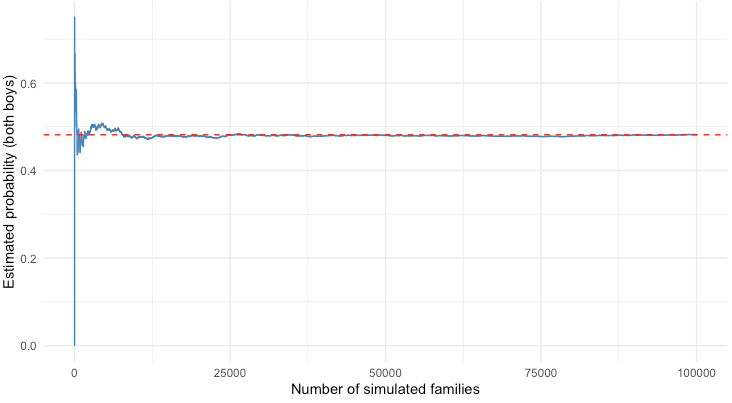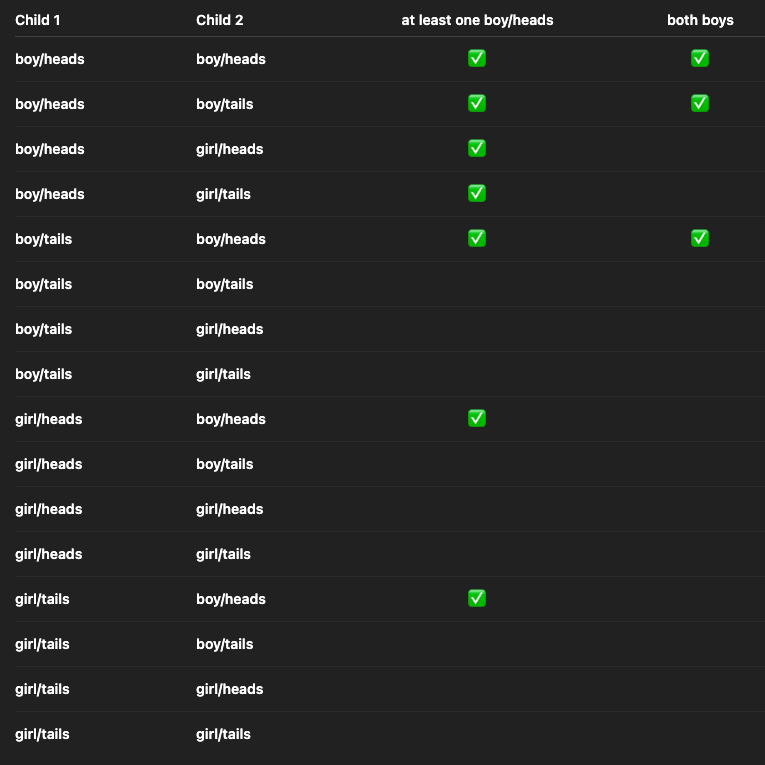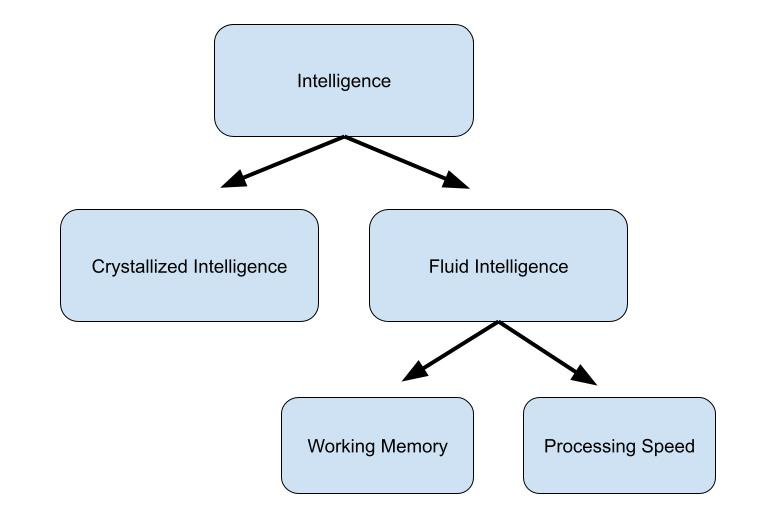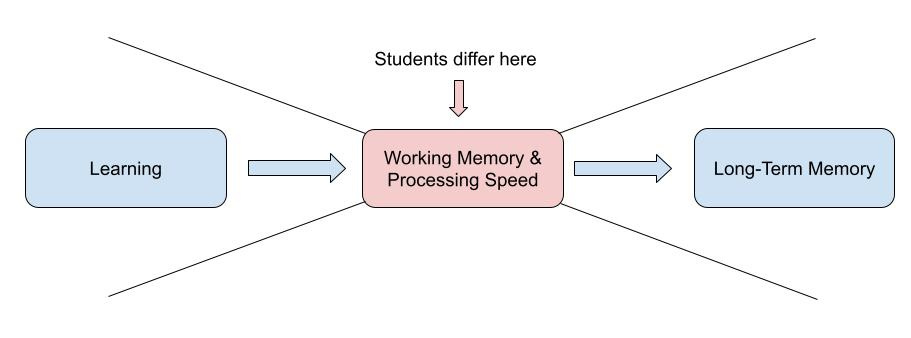The men who appeared on the dais behind President Trump at his inauguration were never good men. Take Tim Cook. Cook owes his elevation to Apple CEO—which made him a billionaire twice over—to his leadership in moving Apple manufacturing to “iPhone City” in south China.3 Other Apple execs had tried this, but they could never get the precision and reliability Apple demanded. Cook managed it, but the brutal working conditions created by Foxconn, Apple’s contract manufacturer there, led to the installation of suicide nets5 to catch workers who leapt to their death rather than facing another shift.
Or look at Jeff Bezos. Workers in Bezos’s warehouses are injured (often critically) at three times the rate of workers in other companies’ warehouses.7 Bezos’s contract drivers have to relieve themselves in bottles because they are not given toilet breaks. They are also monitored by AI cameras that score their eyeball movements.11
Google’s top bosses covered up for a senior manager who allegedly preyed on a female subordinate, whom he subjected to violent sex acts. He was given millions of dollars to go away quietly12 while his victim was prohibited from suing by the “binding arbitration” waivers in her contract.
These men have always abused anyone they could get away with abusing. If they seemed to treat some people well—for example, the pampered coders who get gourmet cafeterias, free massages, and all the kombucha they can drink—it was because they feared the difficulties of replacing those workers. Now that U.S. Big Tech has shed more than 400,000 jobs in just two years, there’s a reserve army of desperate techies who can be given the suicide-net-and-urine-bottle treatment.
One of the first official acts of the current administration was to cancel every single labor investigation and enforcement action in the entire country.8 The administration’s antitrust boss canceled investigations into predatory pricing (selling goods below cost to drive out competitors) and surveillance pricing (using commercial surveillance data to charge you more (for example, by increasing the price of your breakfast sandwich on payday) or pay you less (for example, offering nurses lower wages if they are known to have overdue credit card bills).10 Instead of helping workers and shoppers resist predatory assaults fueled and perpetrated by Big Tech, Trump’s Federal Trade Commission chair is focusing all his energies on a new snitch line where FTC employees can report “wokeism.”4
The men who run Big Tech have always wanted to “enshittify” their services—to shift as much as they can from users, workers, suppliers, and business customers to themselves. The forces that prevented that—militant, scarce workers; competitors; regulators; and rival technologies—were critically weakened and even eliminated over the past 40 years. Biden’s administration was the first in two generations to take fighting corporate abuses seriously.1 Is it any wonder that Big Tech were all in for his rival?
Enshittification would be much, much worse if not for tech workers. Tech workers have historically enjoyed remarkable workplace status—not just the material perks, from dry cleaning to personal trainers, but also the power to tell their bosses to go to hell. When your skills are in such high demand that you can quit your job, walk across the street, and get a better one later that same day, your boss has a real incentive to make you feel like you are their social equal, empowered to say and do whatever feels technically right, or just, you know, show up for work with facial piercings, a green mohawk, and a black t-shirt from Defcon with writing on it that your boss doesn’t understand but still feels uncomfortable about.
Tech workers may have given their bosses tsuris and demanded sky-high wages, but at least they were wildly productive. The per-worker revenue for successful tech companies is unfathomable—tens or even hundreds of times their wages and stock compensation packages.2 What’s more, many tech businesses had more work than they could hire skilled workers to perform, so bosses’ strategy focused on getting the workers they could hire to put in longer hours.
That strategy has a name: “vocational awe,” a term coined by the librarian-theorist Fobazi Ettarh to describe the grueling hours endured by workers who believe in the social value of their work. Teachers, nurses, librarians—any profession whose practitioners are motivated by a sense of duty is a profession vulnerable to vocational awe.
Tech companies have been widely derided for their grandiose mission statements, such as Google’s “organize all the world’s information and make it useful” or Facebook’s “making the world more open and connected.” But whether the management of these companies believed in these high-minded words, they were absolutely internalized by employees, who—despite their job security—worked every hour god sent, sleeping under their desks and missing their parents’ funerals to hit their bosses’ arbitrary deadlines.
As a motivational tactic, vocational awe (or, as Elon Musk puts it, “being extremely hardcore”) works very well, but it fails very badly. It turns out that when you actually care about your job, and when your boss can’t replace you, and when you can get a new job whenever you want, it’s damned hard to convince you to wreck the things you built and harm your users, even if that will make your boss more money.
For many years, tech workers have been the last line of defense between Internet users and tech bosses, bravely holding the line on enshittification. But once tech started to shed workers en masse—260,000 layoffs in 2023,6 another 160,000 in 20249—the power of workers was shattered. Scarcity can give workers power, but scarcity is temporary: Eventually, enough people train to work in your industry, or your boss figures out how to outsource your job to overseas workers with fewer protections and rights, and your power is shattered. No wonder tech bosses are so excited about AI coding tools, which promise to turn skilled programmers from creative problem-solvers to mere code reviewers for AI as it produces tech debt at scale. Code reviewers never tell their bosses to go to hell, and they are a lot easier to replace.
Now that tech workers are as disposable as Amazon warehouse workers and drivers, as disposable as the factory workers in iPhone City, it’s only a matter of time until the job conditions are harmonized downward. Jeff Bezos doesn’t force his delivery drivers to relieve themselves in bottles because he hates delivery drivers. Jeff Bezos doesn’t allow his coders to use a restroom whenever they need to because he loves hackers. The factor that determines how Jeff Bezos treats workers is “What is the worst treatment those workers can be forced to accept?”
Throughout the entire history of human civilization, there has only ever been one way to guarantee fair wages and decent conditions for workers: unions. Even non-union workers benefit from unions, because strong unions are the force that causes labor protection laws to be passed, which protect all workers.
Tech workers have historically been monumentally uninterested in unionization, and it’s not hard to see why. Why go to all those meetings and pay those dues when you could tell your boss to go to hell on Tuesday and have a new job by Wednesday?
That’s not the case anymore. It will likely never be the case again. Interest in tech unions is at an all-time high. Groups such as Tech Solidarity and the Tech Workers Coalition are doing a land-office business, and copies of Ethan Marcotte’s You Deserve a Tech Union are flying off the shelves.
Now is the time to get organized. Your boss has made it clear how you’d be treated if they had their way. They’re about to get it. Walking a picket line is a slog, to be sure, but picket lines beat piss bottles, hands down.









![image] The importance of small steps : r/GetMotivated image] The importance of small steps : r/GetMotivated](https://substackcdn.com/image/fetch/$s_!pyOK!,w_1456,c_limit,f_auto,q_auto:good,fl_progressive:steep/https%3A%2F%2Fsubstack-post-media.s3.amazonaws.com%2Fpublic%2Fimages%2Fe6a2a889-9798-4e04-a6ec-b4964089e913_1440x1782.png)






